In this homebrewing tutorial we teach you how to brew all-grain beer using the batch sparge method. All-grain homebrewing is an advanced brewing process, and the batch sparge technique requires extra steps and equipment like a mash tun (learn how to build a mash tun out of a picnic cooler). If you’ve never all-grain brewed before consider getting your feet wet with the partial mash homebrewing technique, and if you’re looking for an all-grain homebrewing process that requires less space and equipment try the brew in a bag technique.
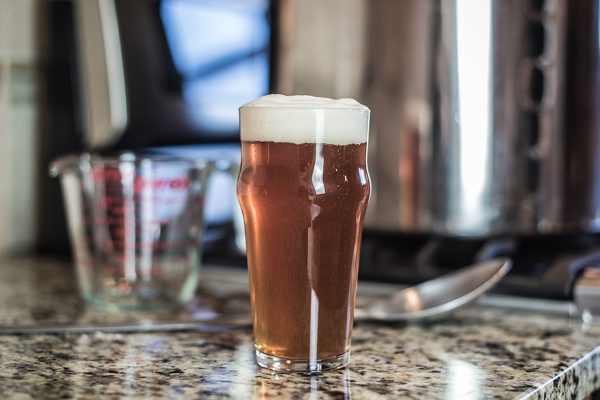
Review
Read through the homebrew recipe and steps of the brewing process entirely before starting your all-grain brew day to ensure maximum efficiency.This tutorial will walk you through the entire brewing process for Hop Hammer, an imperial India pale ale. The same steps can be applied to most all-grain recipes, although instructions for other beer styles and fermentation and packaging processes will vary.
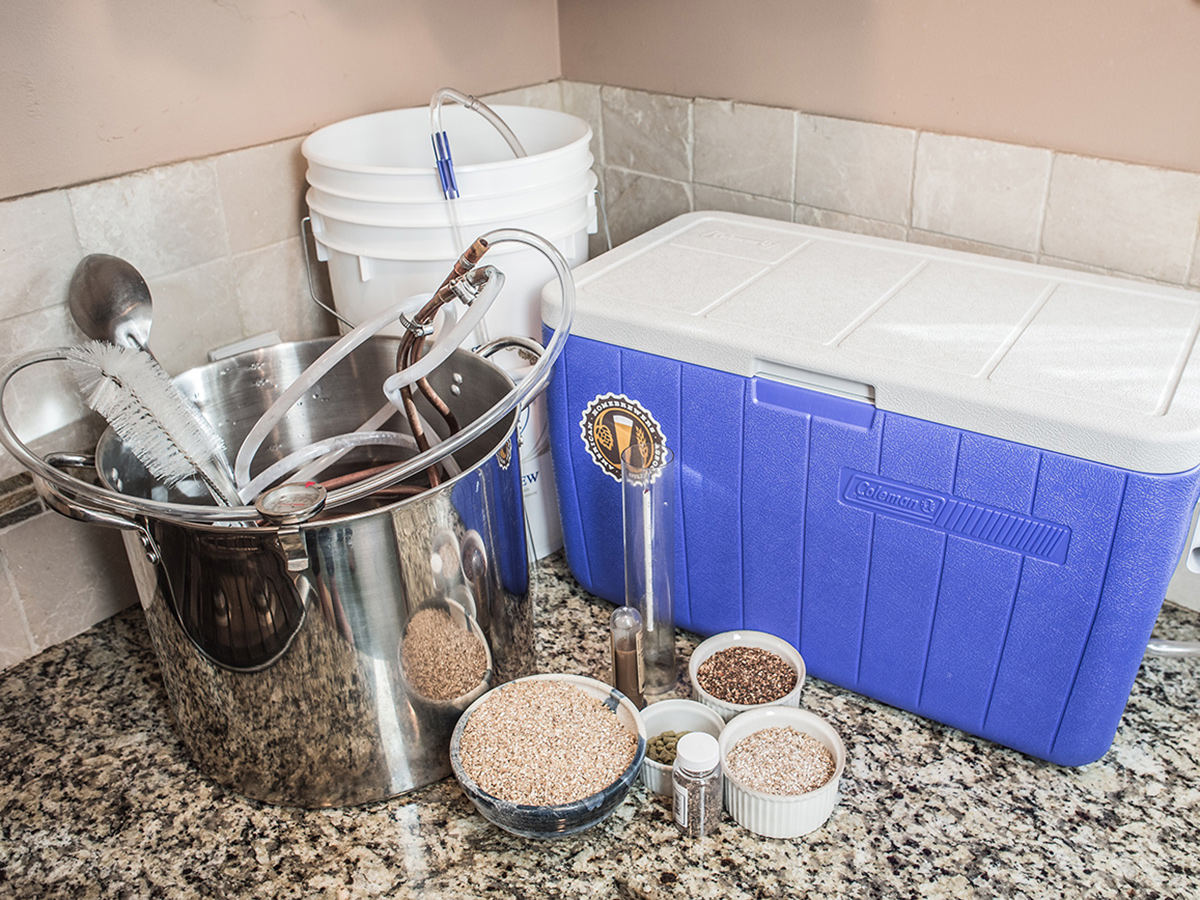
Gather supplies
Ensure you have all the brewing equipment and beer ingredients necessary to brew. You will need:
- Fermenter and airlock
- Mash tun
- Boil pot
- sparge pot
- Spoon
- thermometer
- cleaner and sanitizer
- Hydrometer
- Wort Chiller (optional)
- Bottling/Kegging equipment
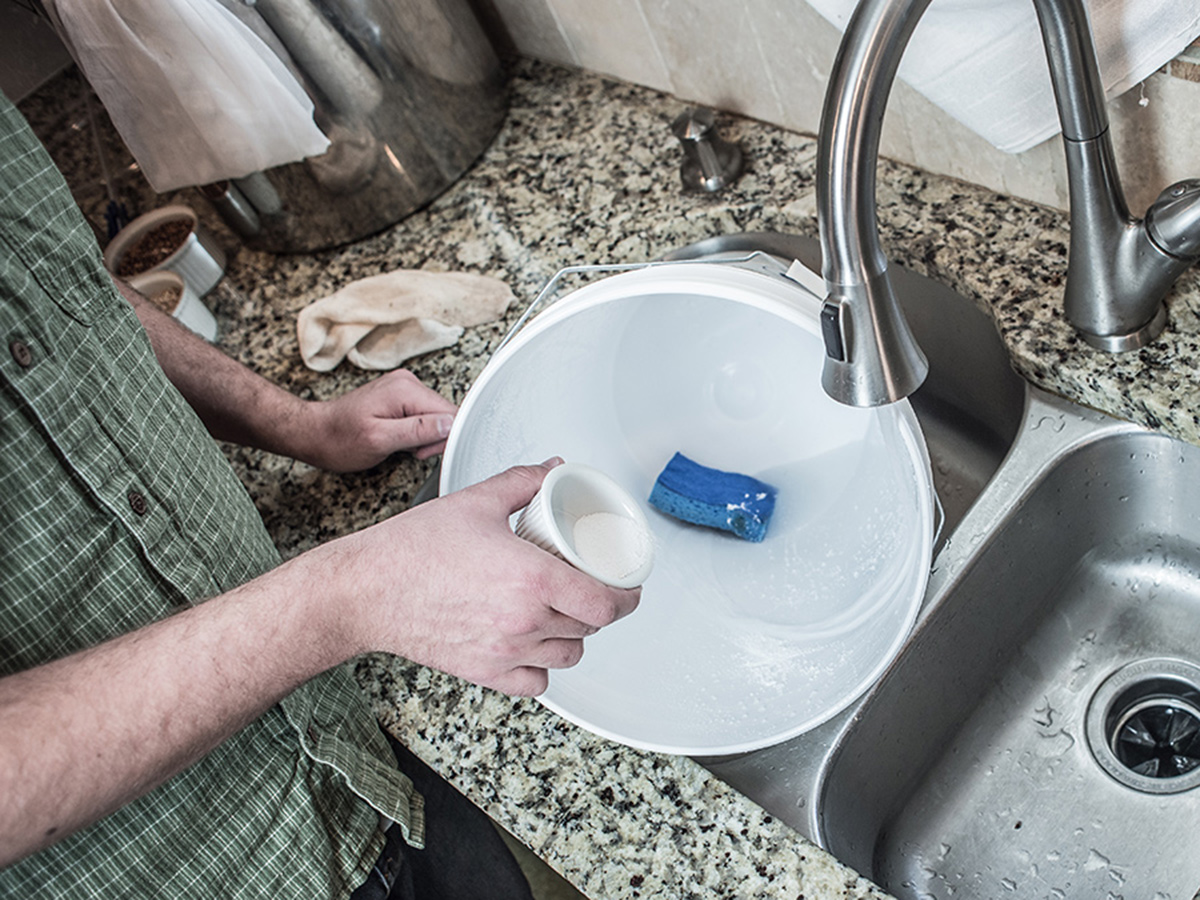
Clean equipment
Using unscented cleanser, thoroughly clean all brewing equipment.Debris on equipment can harbor microorganisms that can spoil a batch of beer, even with proper sanitation.
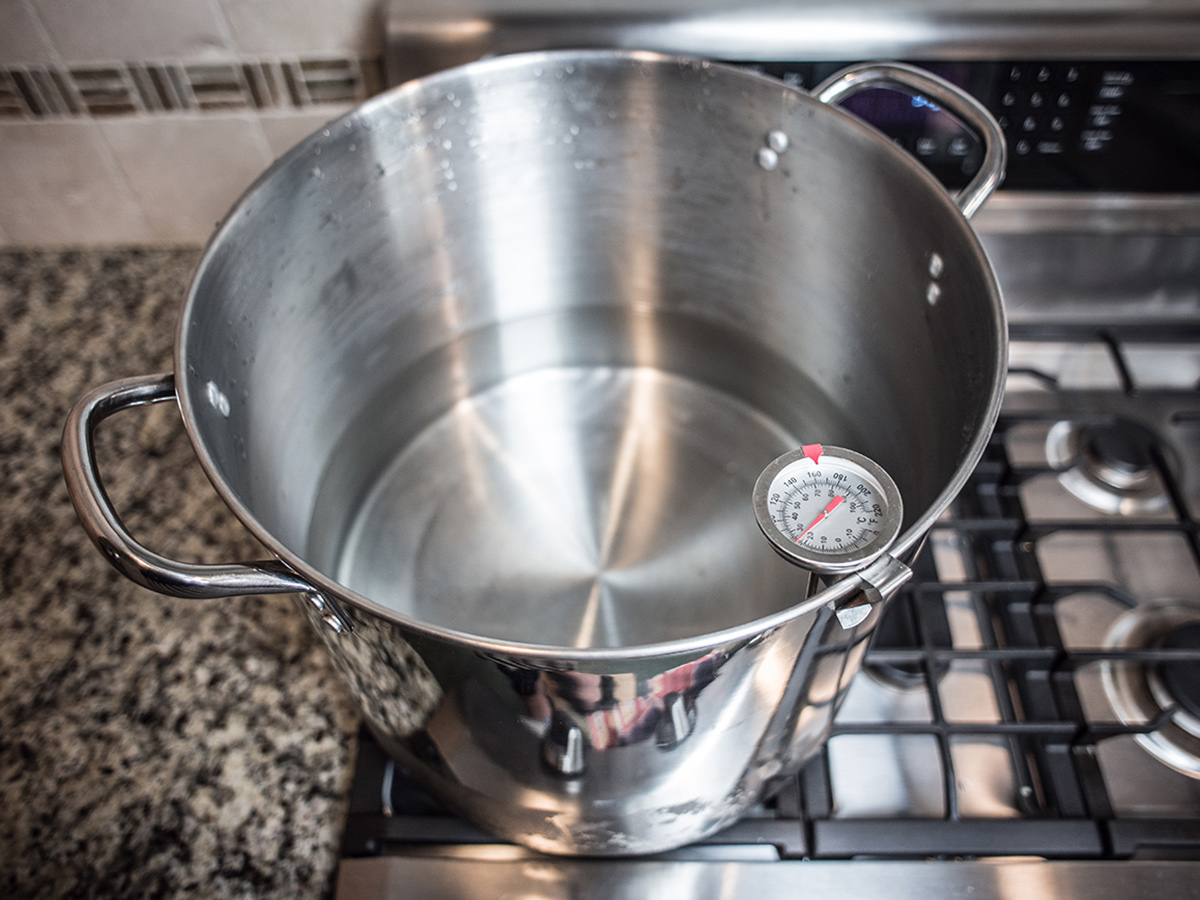
Heat strike water
Assuming a ratio of 1.5 quarts of strike water per pound of grains, heat 12.9 quarts (3.23 gallons) of water to 158-162°F (70-72.2°C) in your boil pot.The exact temperature will depend on how much heat is typically lost on your system when mashing in.
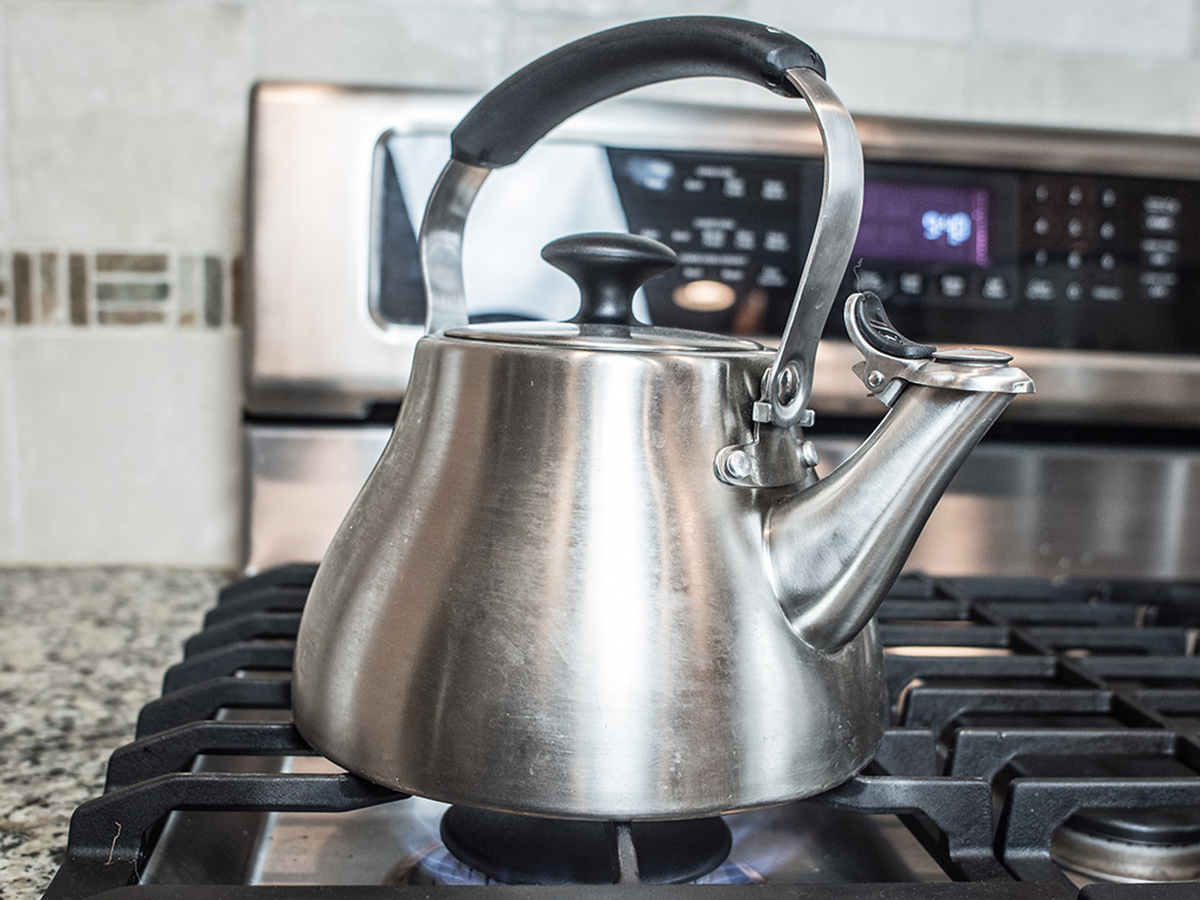
Heat mash tun
While the strike water is heating, boil a cup of water and add it to your mash tun. This water heats up the mash tun so less heat is lost when the cool grains and heated strike water are combined.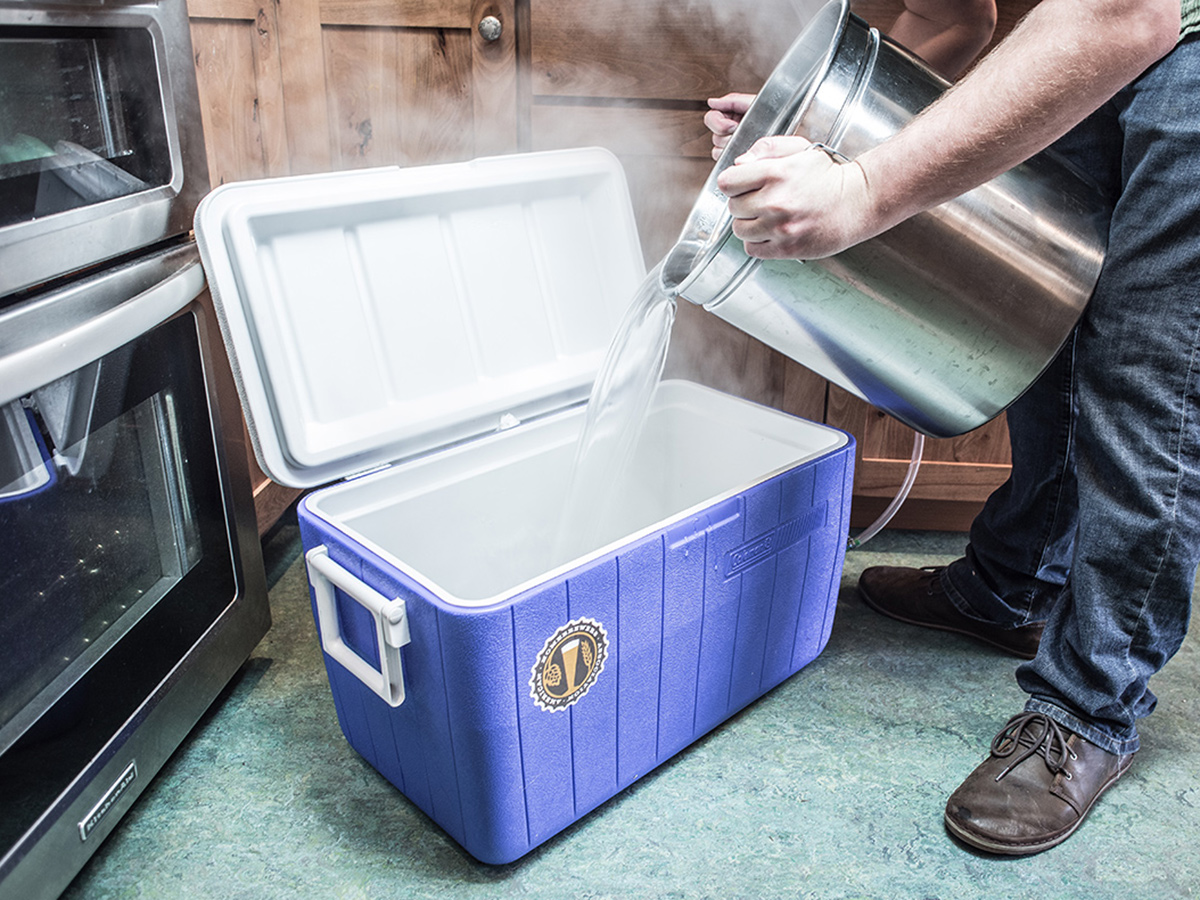
Add strike water
When your strike water has reached the target temperature, add it to the mash tun. Make sure the spigot valve on the mash tun is closed!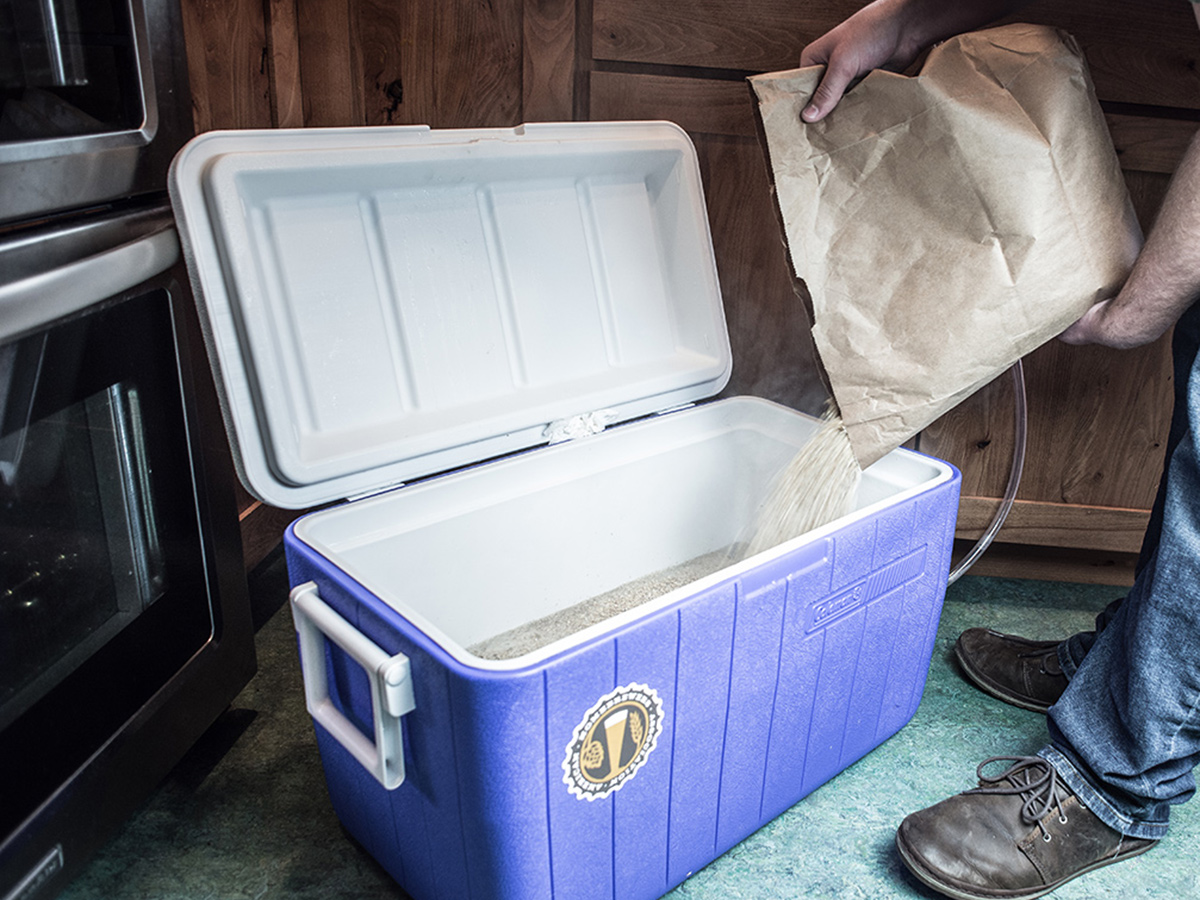
Add grains
Gradually stir the grains into the strike water, ensuring the mash is completely saturated.Stir thoroughly to prevent any clumps of dry grain, as it will not be stirred again until the mash is complete.
This process is known as mashing in.

Reach target temperature
Adding grains to strike water typically causes the temperature of the strike water to drop 8-12°F.The target mash temperature for this recipe is 150°F (65.6°C).
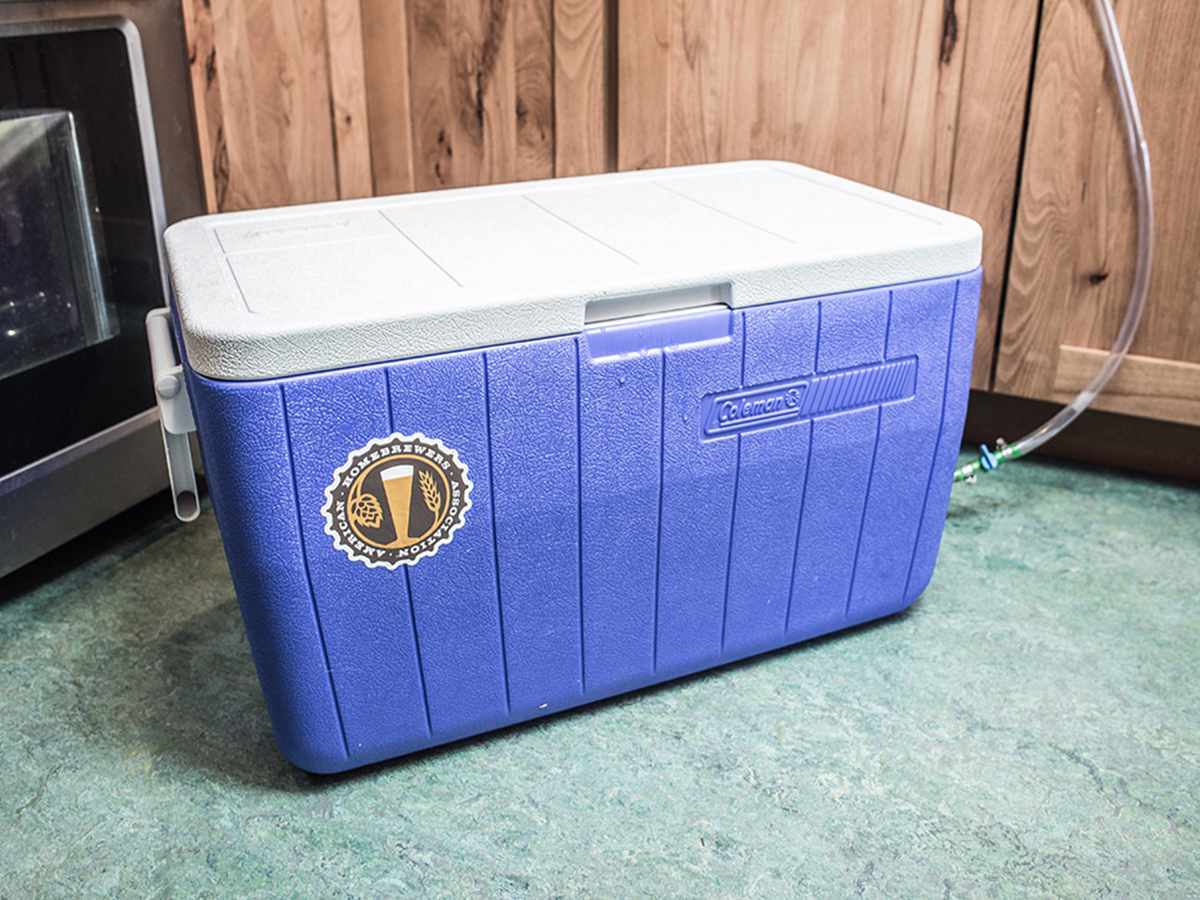
Hold mash
Allow the mash to sit at the target mash temperature for 60 minutes.Maintaining the 150°F (65.6°C) temperature is crucial, so avoid opening the mash tun as much as possible.
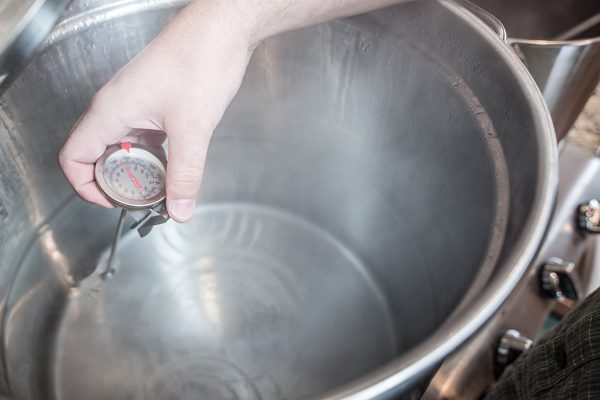
Heat sparge water
While the mash is resting, heat enough water for your sparge to 170°F (76.7°F) in your secondary pot.For this recipe, you’ll need about 4.75-5.5 gallons (19-22 qt; 18-21 L) of sparge water to reach the target pre-boil volume.
Pre-boil volumes will vary depending on how much wort evaporates during the boil. It’s wise to heat more water than needed, just in case.
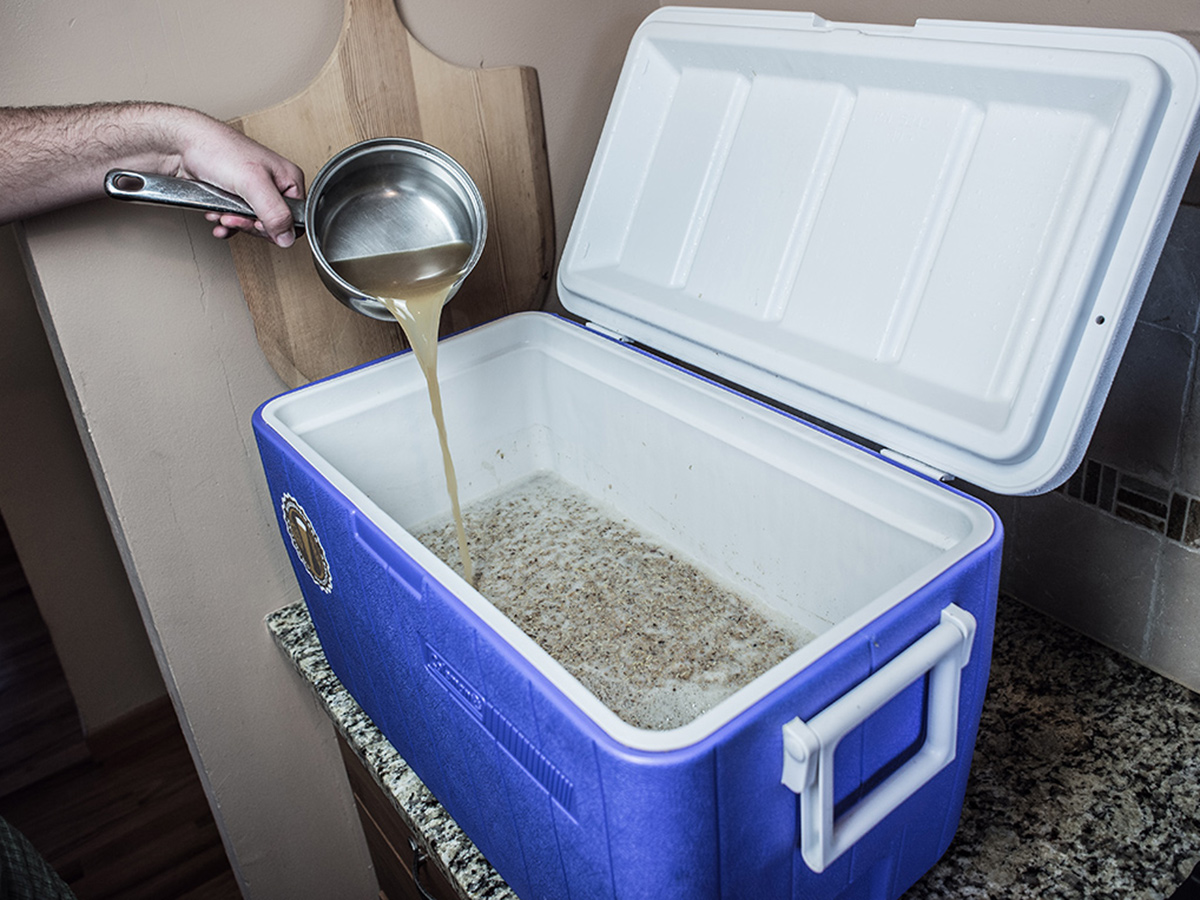
Vorlauf
After the 60 minute mash is complete, recirculate the wort to settle the grain bed and avoid transferring as much of the solid grain material as possible.This process is known by its German name vorlauf.
To do this, slowly collect (lauter) some of the wort into a small pot or pitcher and return the liquid back to the mash tun.
Repeat this process until the liquid appears to be running relatively clear.

Lauter
After the vorlauf, separate the liquid wort from the grain solids—a process known as lautering.With the hose in the boil pot, open the mash tun valve and drain the wort into your boil pot completely.

Add sparge water
After the mash has been completely lautered, close the valve of the mash tun and add the heated sparge water.Some elect to stir the grains, while others do not. If you do stir the grain bed, conduct the vorlauf again (step #11) to re-settle the grain bed.
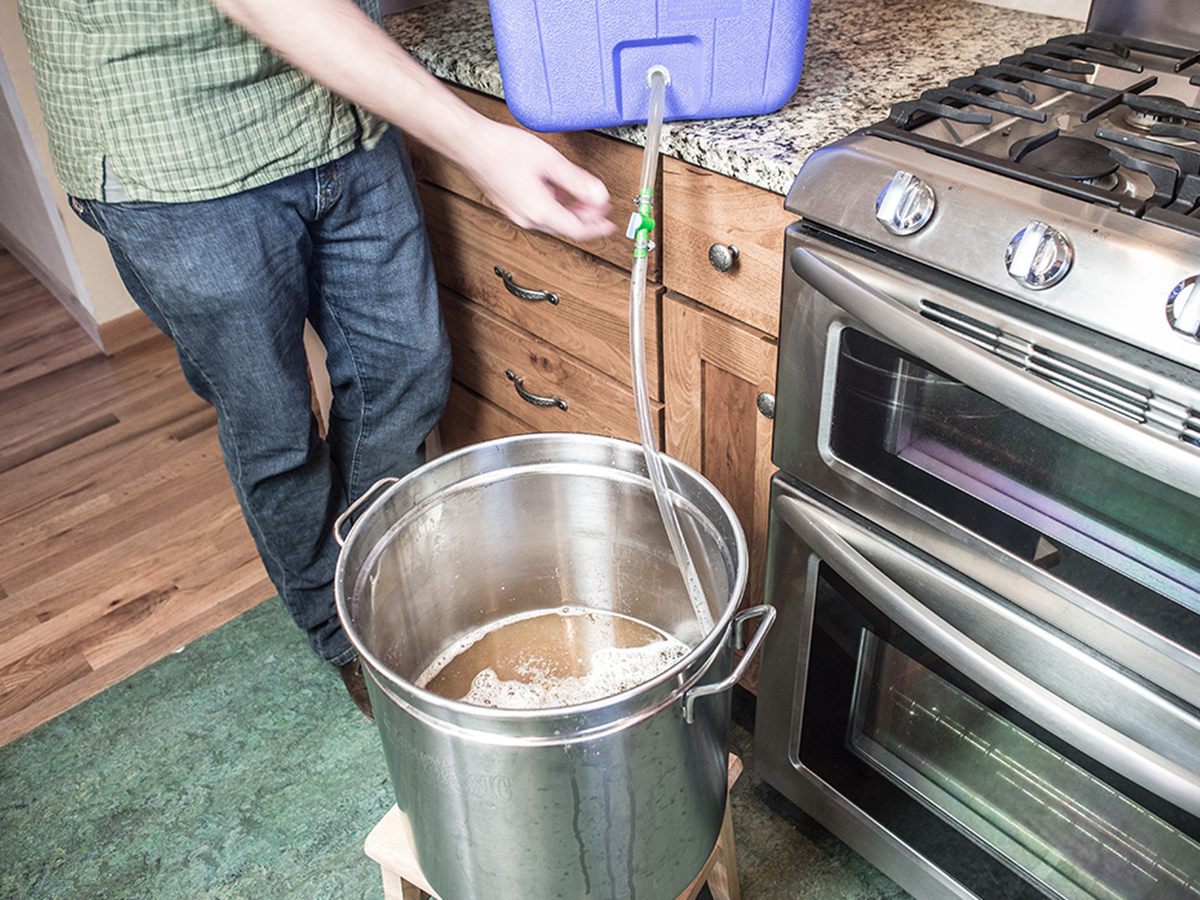
Lauter
Once the grain bed is settled, collect the wort into your boil kettle, where the wort from your mash has already been collected.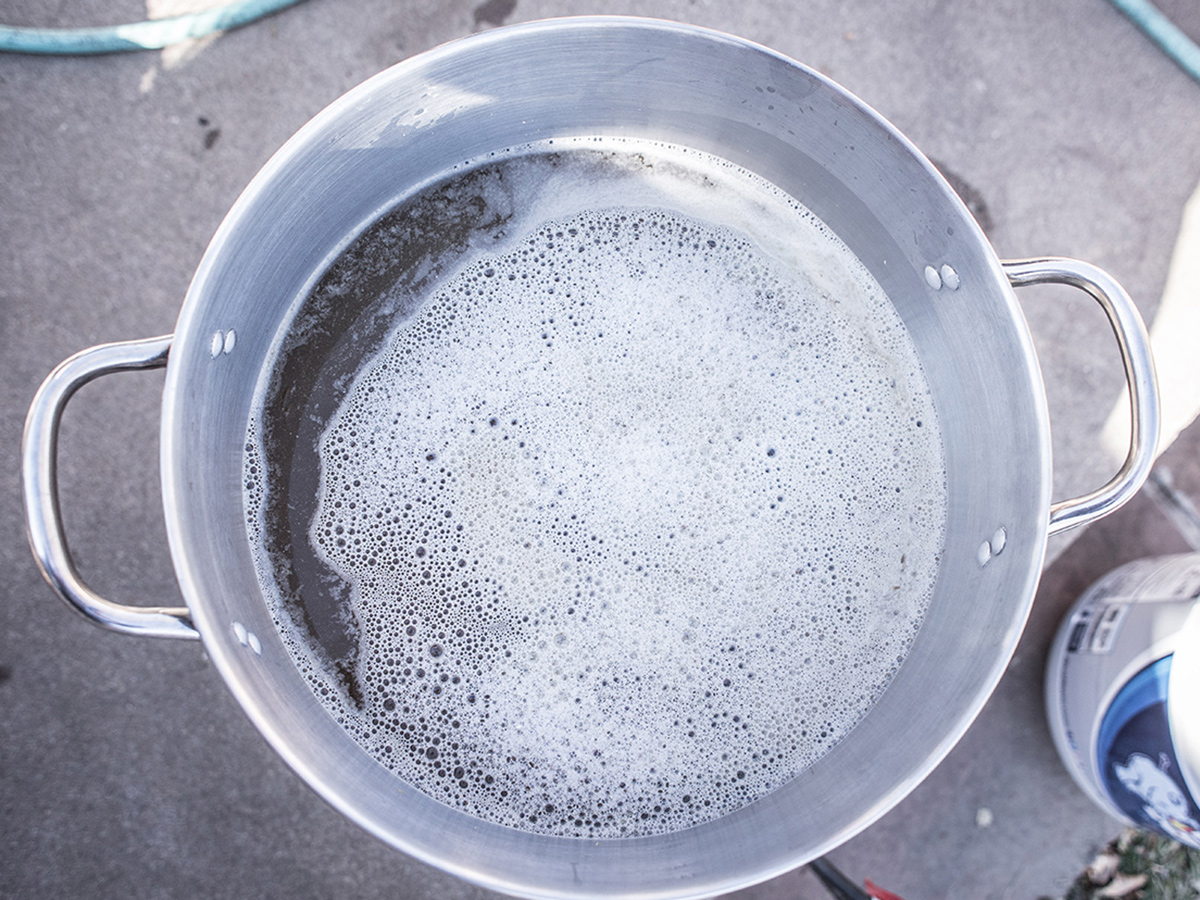
Bring to a boil
In your boil pot, bring the wort to a rolling a boil.When conducting full boils, you may need a more powerful heat source such as an outdoor propane burner.
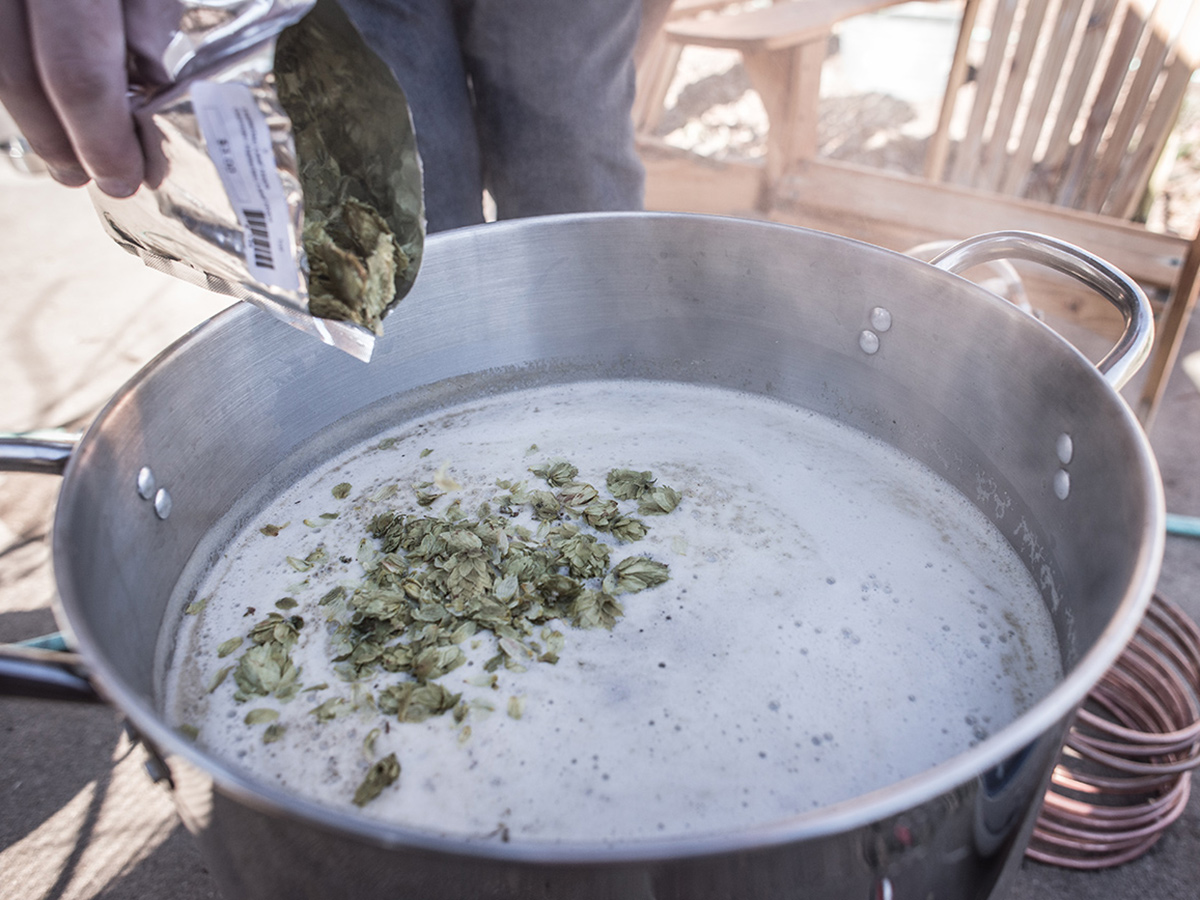
Add hops
Once the wort reaches a rolling boil, add the 90 minute hop addition.After 45 minutes, add the 45 minute hop addition.
After 15 more minutes, add the 30 minute hop addition.

Add Irish moss
After 15 minutes, add the amount of Irish moss called for by the product’s instructions.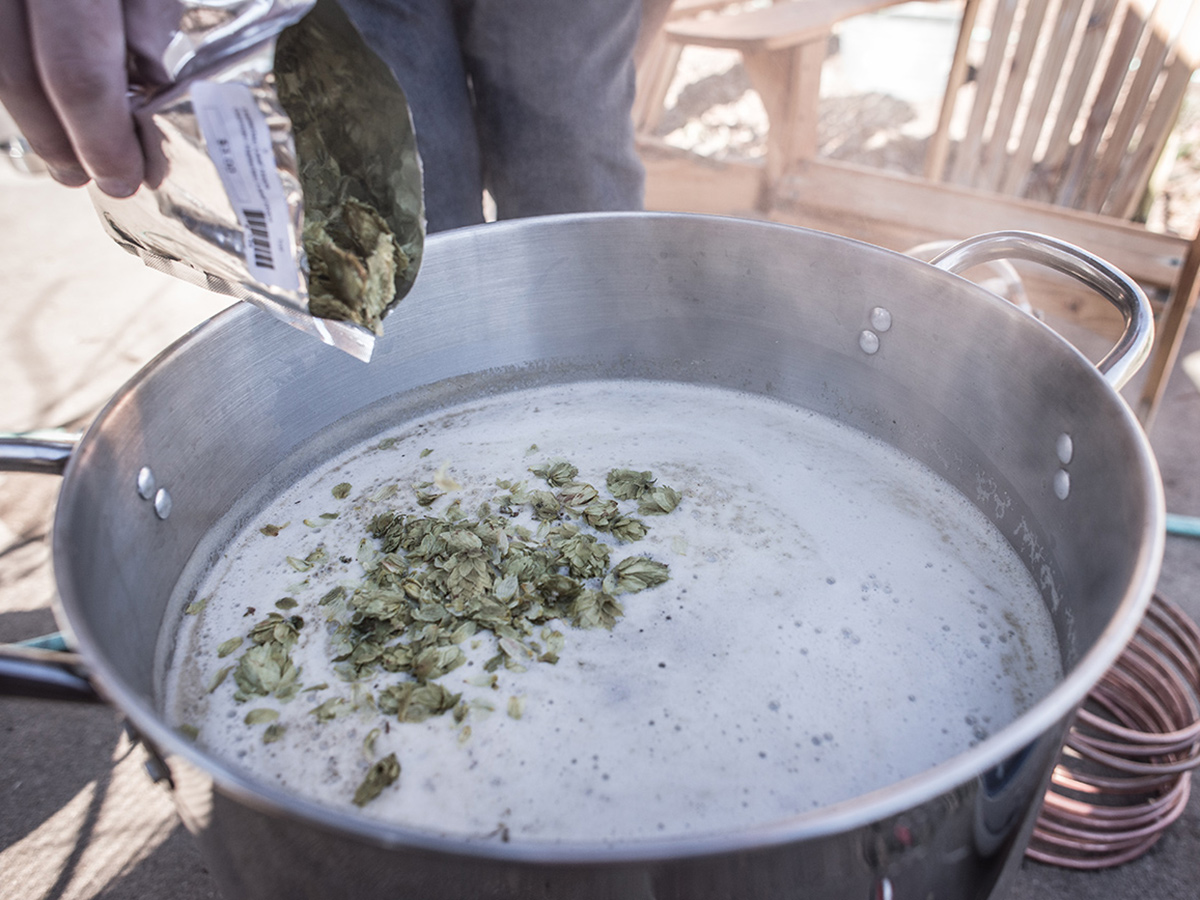
Add hops
After 15 minutes, add the 0 minute hop addition, sometimes referred to as “flameout” or “knockout” addition.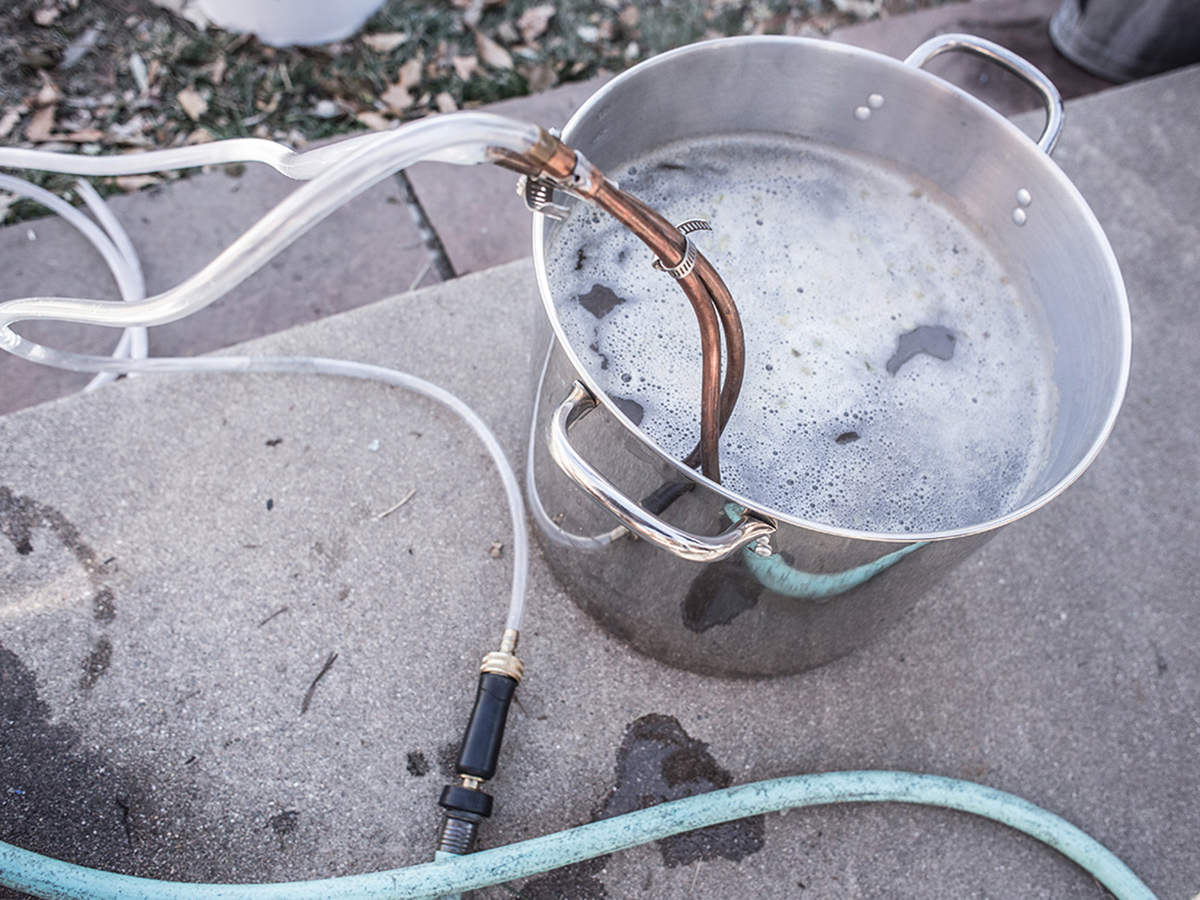
Chill wort
Using the chilling method of your choice, cool the wort down to yeast pitching temperatures.Note: all equipment that comes into contact with the wort after the boil is complete must be sanitized to prevent risk of contamination.
If using an immersion chiller, the device can be placed in the boil kettle for the last 10 minutes or so of the boil as a sanitary measure.
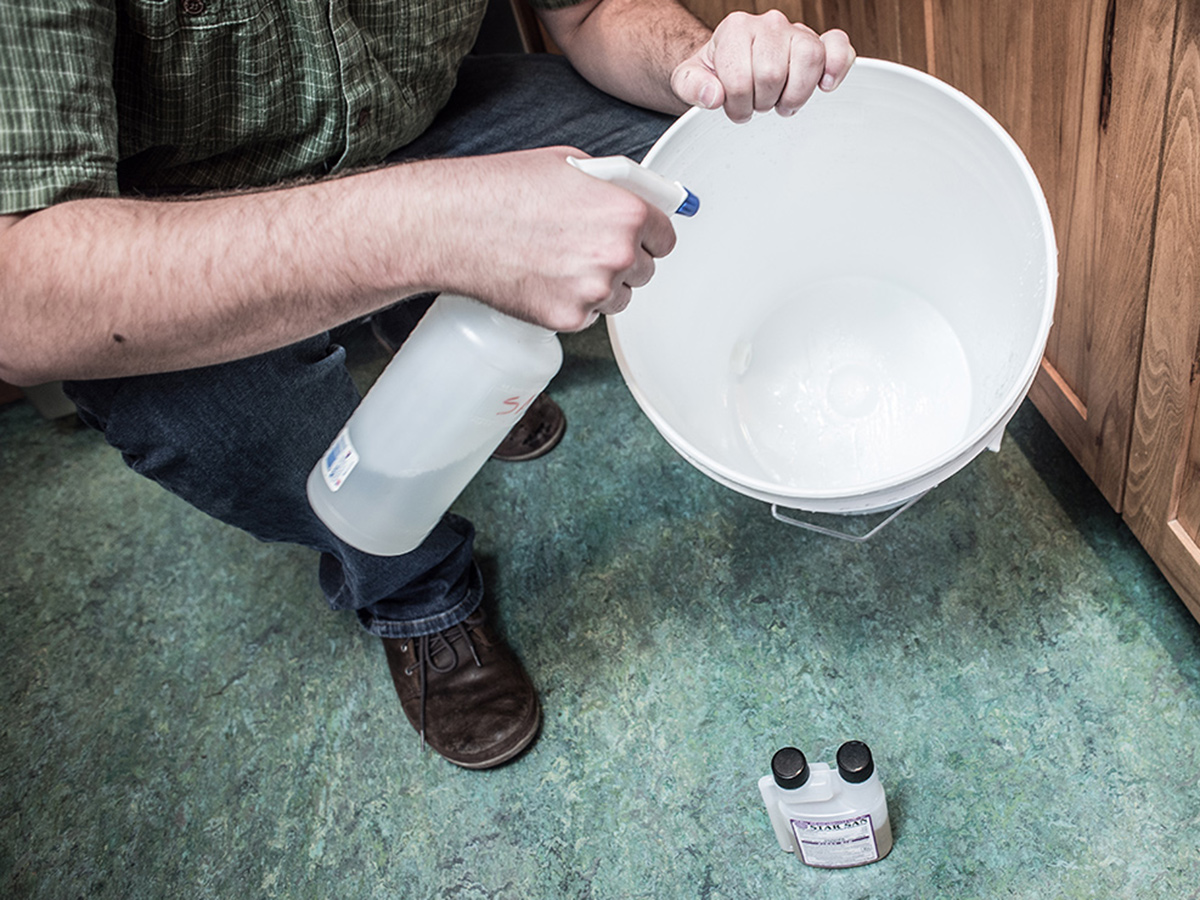
Sanitize equipment
While the wort is chilling, take this time to sanitize the rest of the already cleaned equipment that will come into contact with the wort post-boil.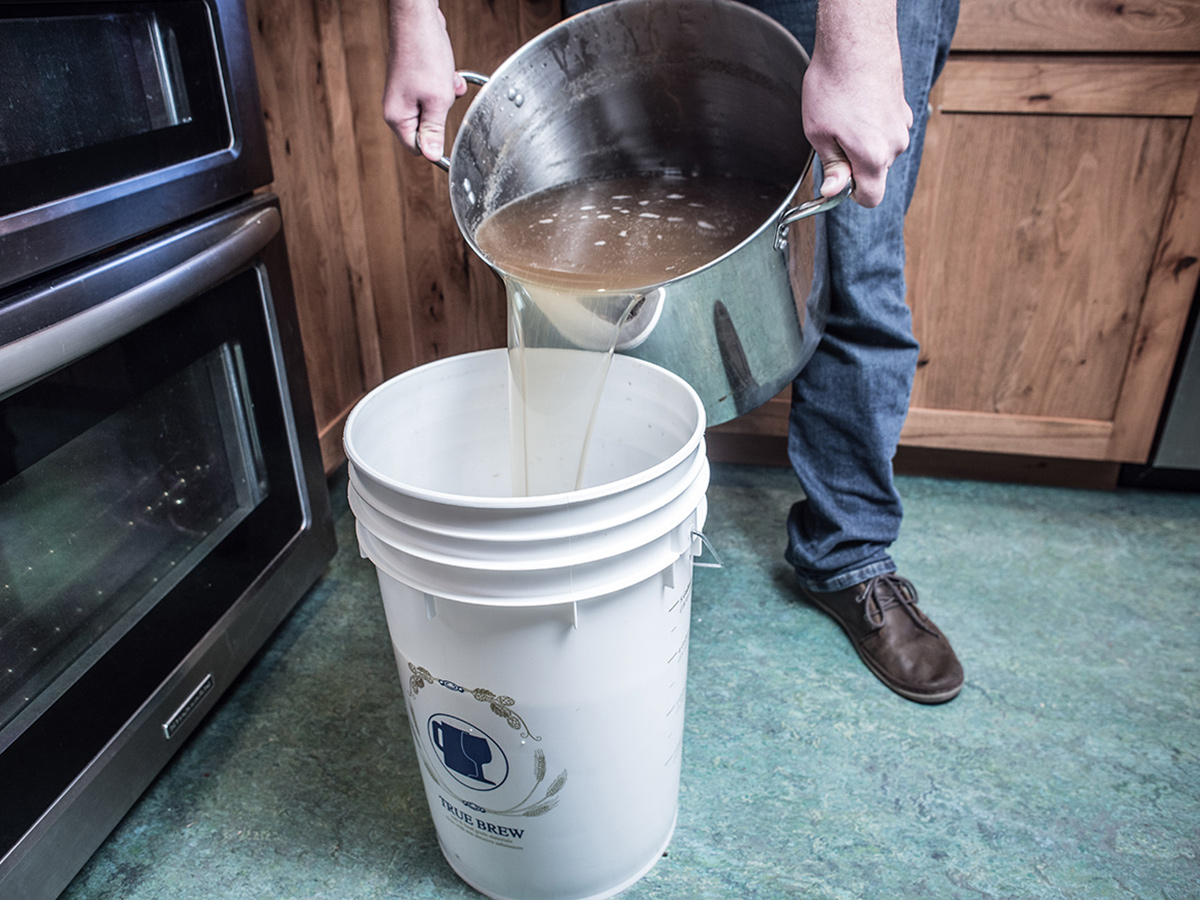
Transfer
Once chilled to around 70°F (21.1°C), transfer the wort to your clean and sanitized fermenter.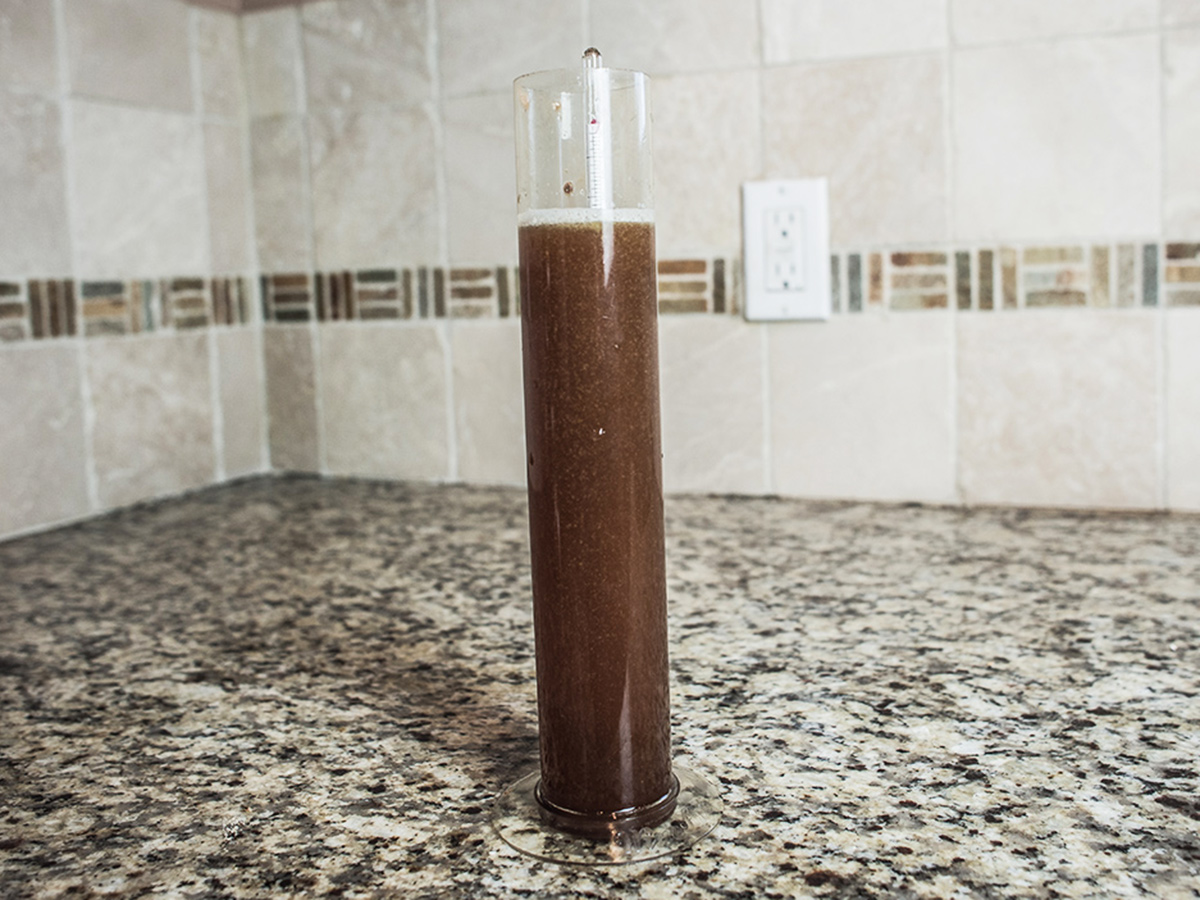
Take hydrometer reading
Using a clean and sanitized cup or wine thief, pull a sample of wort large enough to take a hydrometer reading. This reading is your Original Gravity.It is not recommended to return the sample to the batch of beer due to risk of contamination. If you must return the sample, make sure the hydrometer and the vessel holding the sample are thoroughly cleaned and sanitized prior to testing.
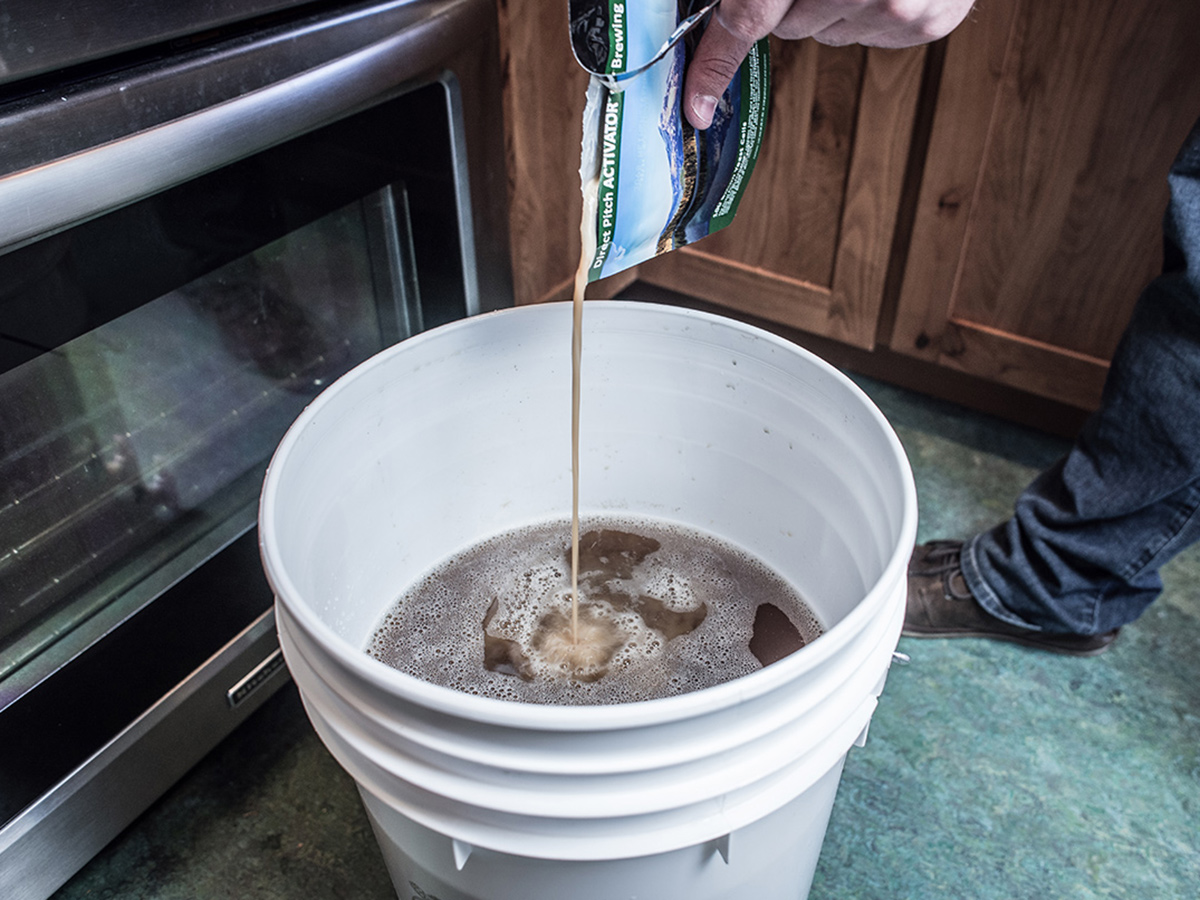
Pitch yeast
Sanitize the yeast package or yeast starter vessel, and carefully pour (pitch) the yeast into the carboy with the chilled wort.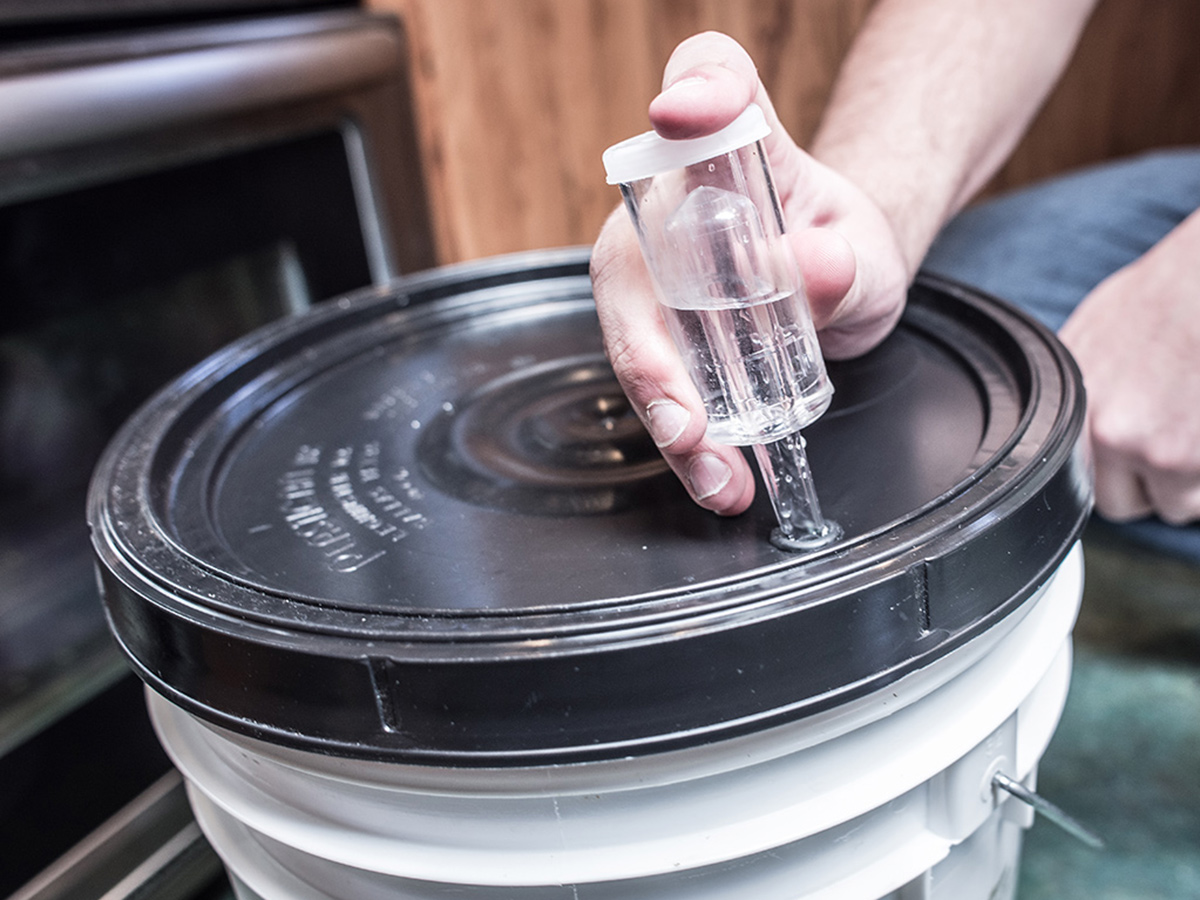
Seal fermenter
After the yeast is pitched, seal the fermenter with a clean and sanitized airlock and bung.If using a bucket fermenter, a carboy bung may not be necessary.
If you don’t have ample head space, a blow off tube may be required.

Shake fermenter
Once the fermenter is sealed, give it a shake for a minute or two to provide oxygen which is vital to yeast cell growth and quality fermentation.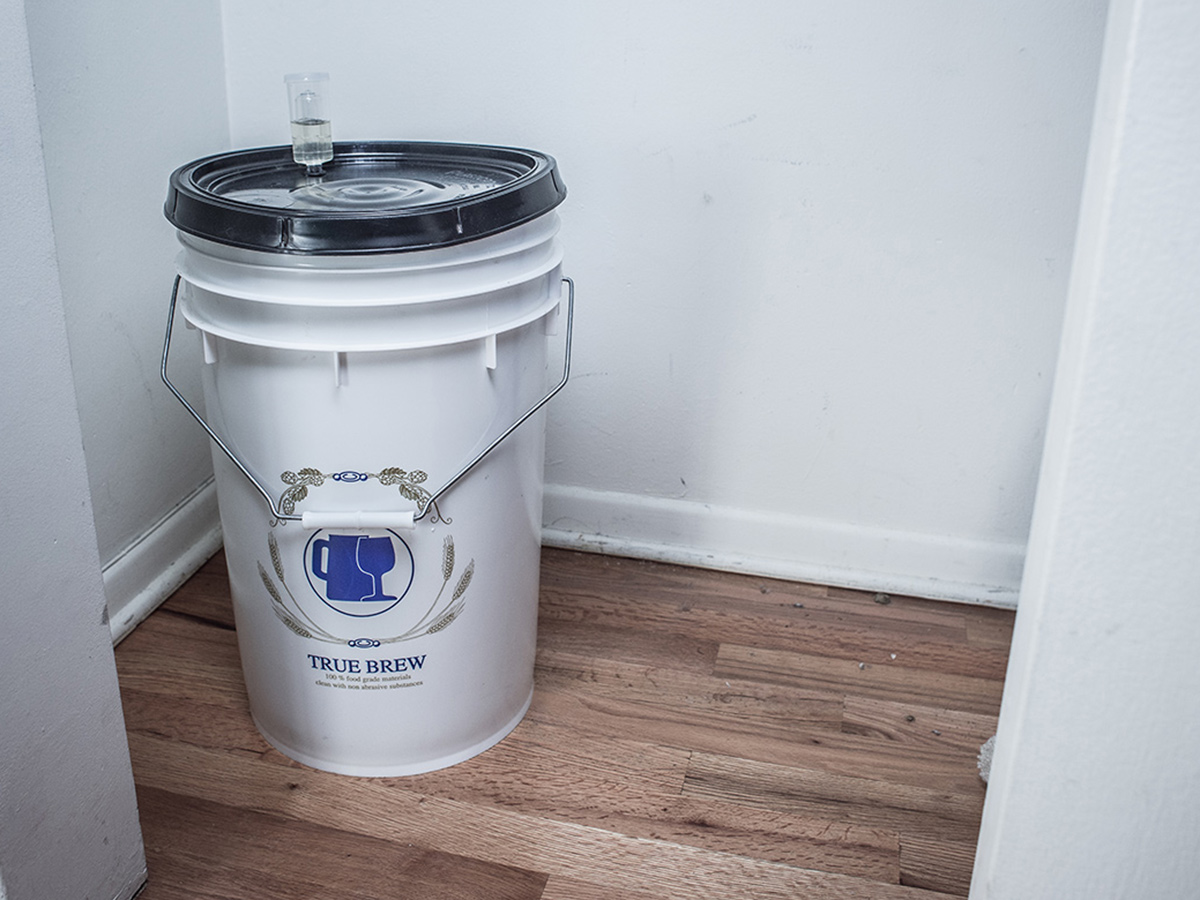
Store fermenter
Advanced homebrewers often have more efficient and accurate means of controlling fermentation temperature. The fermentation steps can be altered to fit your specific equipment.Store the fermenter in a location that can maintain the desired fermentation temperature (67°F; 19.4°C) with minimal disturbance and protection from light. A temperature-controlled fermentation chamber is highly recommended.
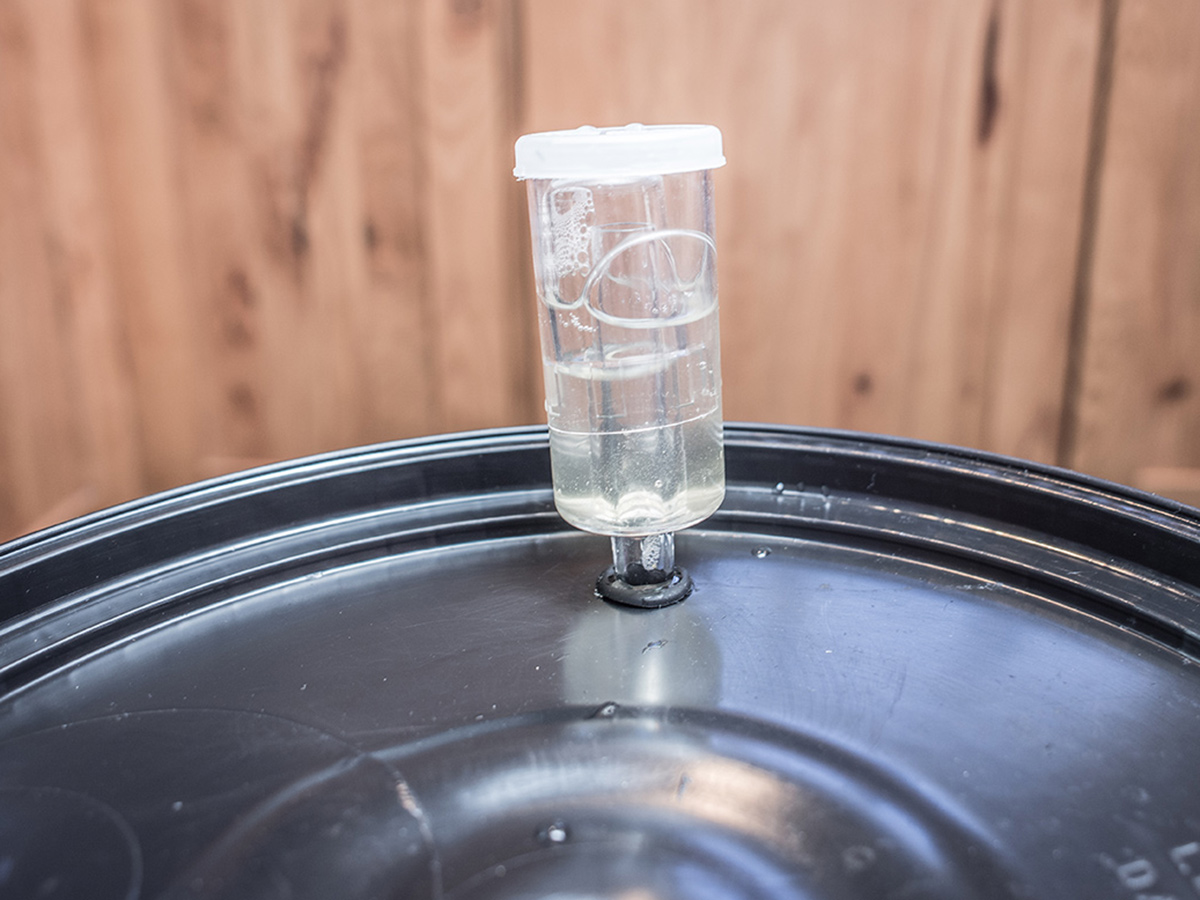
Monitor fermentation
Monitor the fermentation and utilize hydrometer readings to determine when fermentation is complete.Consistent gravity readings over the course of a few days will typically signify fermentation has ceased.
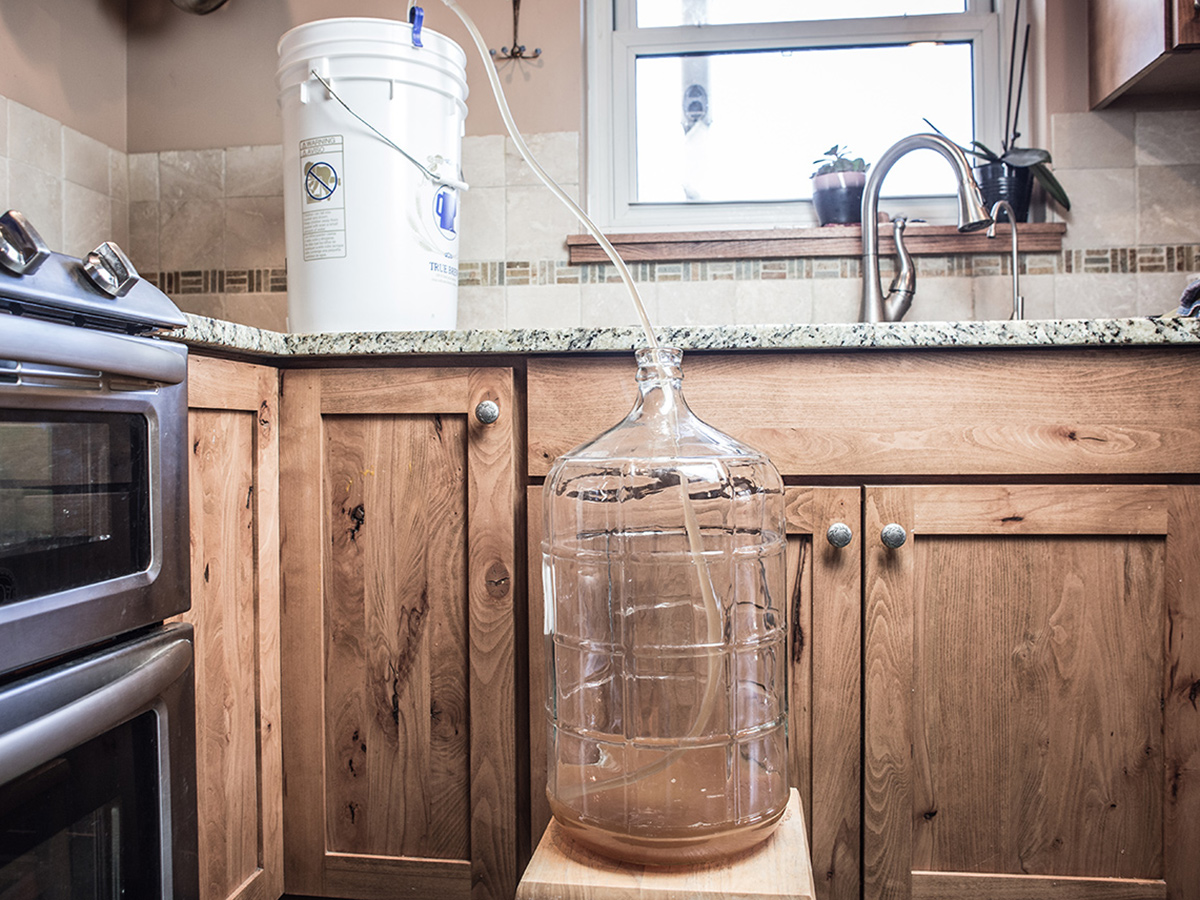
Trasnfer to secondary
When adding hops after fermentation, a secondary fermentation vessel is utilized.As soon as a bulk of the yeast have fallen out of suspension, transfer the wort to a clean and sanitized secondary fermenter using clean and sanitized equipment, such as an auto-siphon.
Note: you want as little head space as possible in secondary to prevent the presence of oxygen.
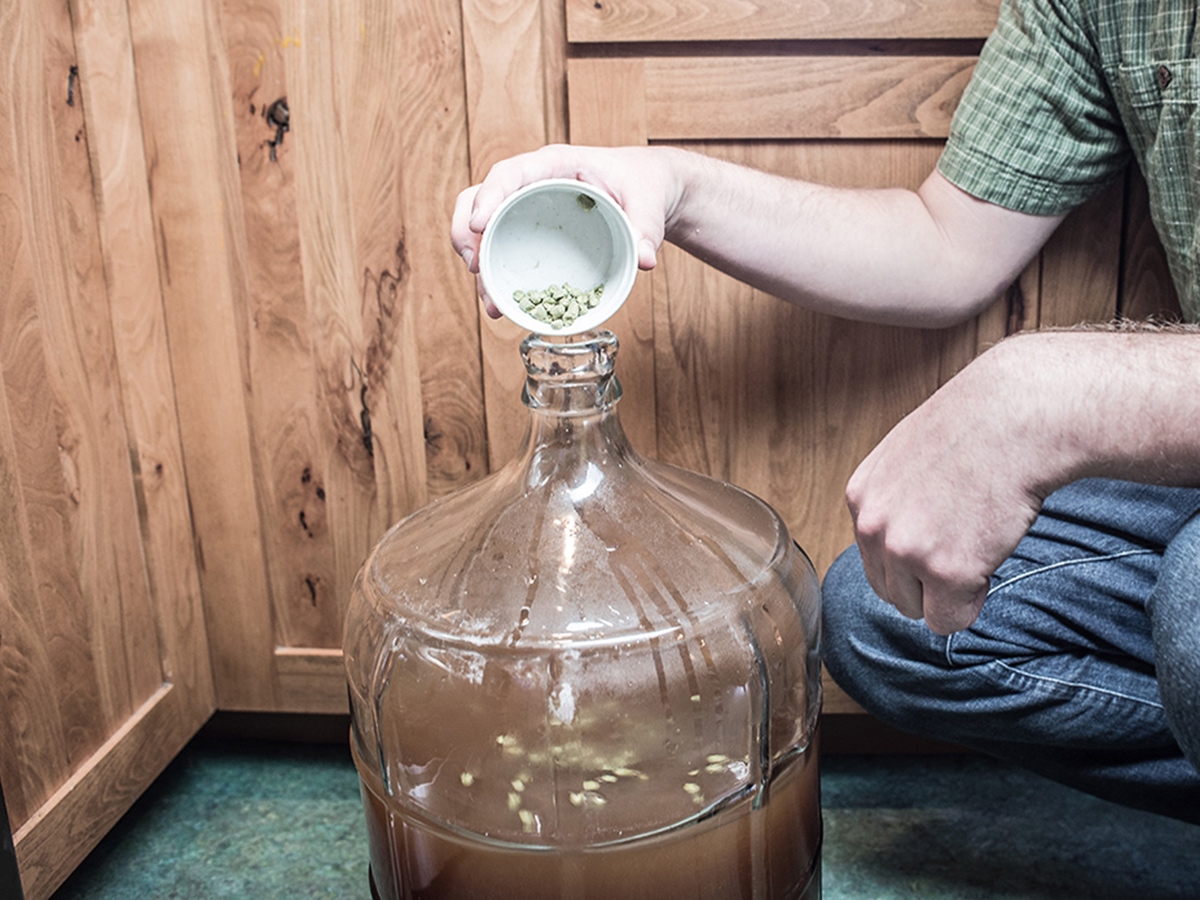
Add dry hops
After the wort has been transferred to the secondary fermenter, add the dry hop addition.It may take a few days for the pellets to dissolve and fall to the bottom, so be patient!
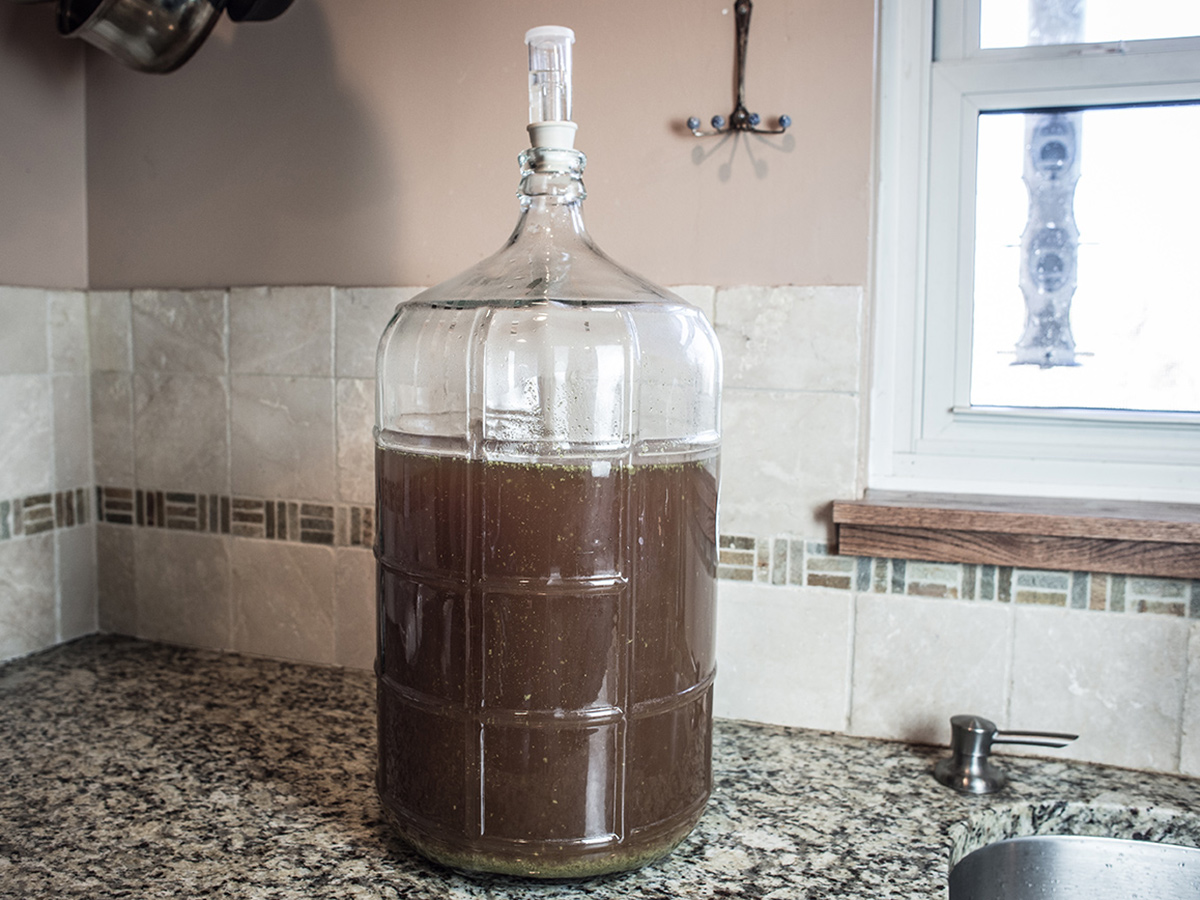
Store fermenter
Store the secondary fermenter in the same environment as the primary, holding temperatures in the 67-70°F (19.4-21.1°C) range.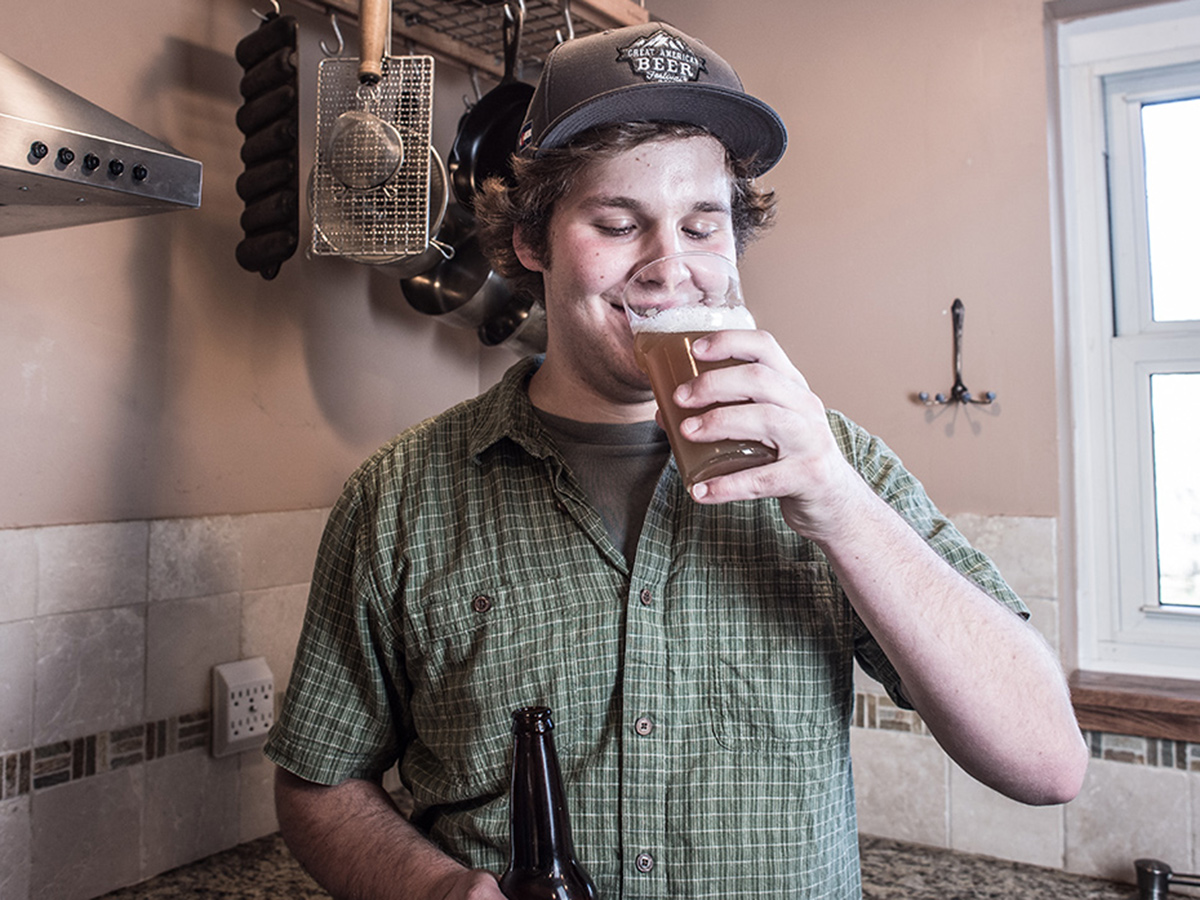
Enjoy
Once carbonated, pour yourself a glass and enjoy the fruits of your labor!PHOTOS © BREWERS ASSOCIATION
[raw] [/raw]

Share Post